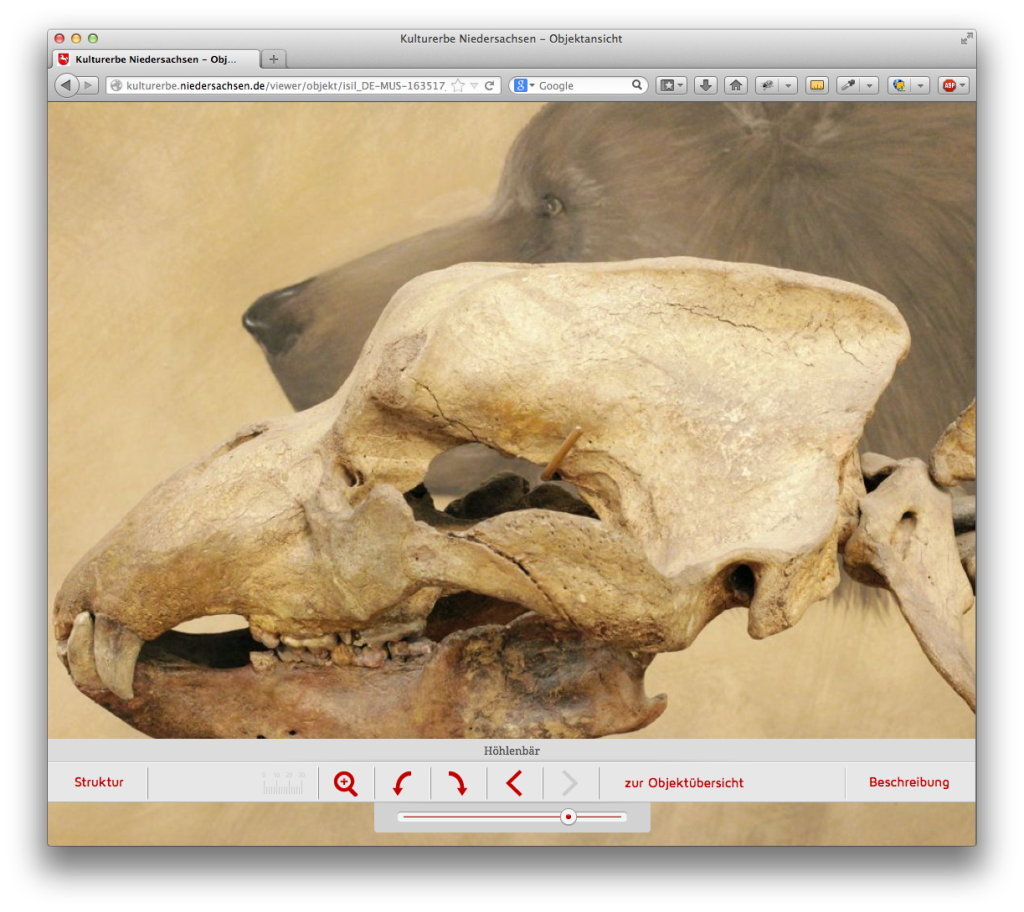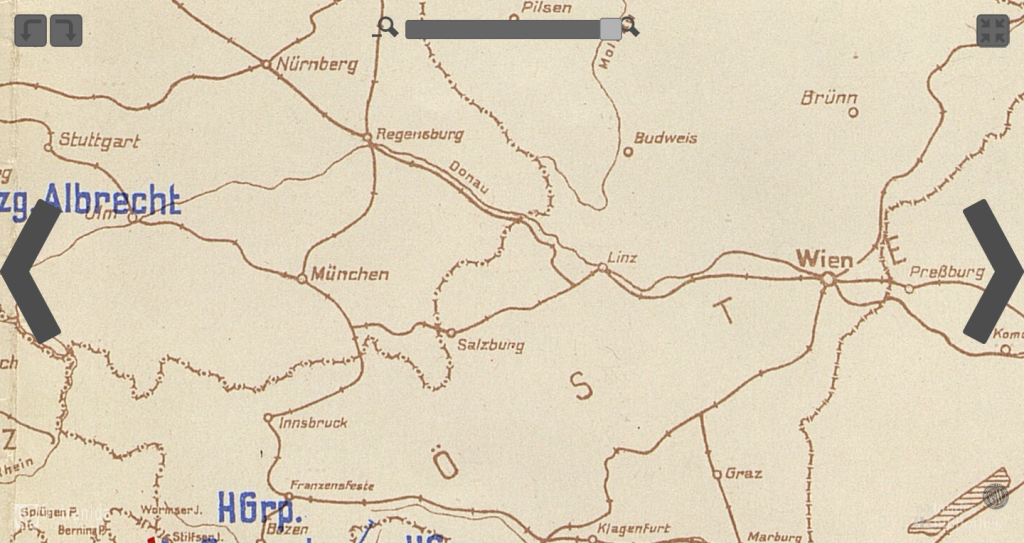Focusing on – Image display
One of the Goobi viewer’s key functions is of course the image display. For years, we have stressed the importance of high quality and good performance, and in this respect we are always making further improvements. The structure of the Goobi viewer is so flexible that we are able to cater at any time for all your individual wishes and requirements with regard to image presentation.
The Goobi viewer allows you to display and download complete books, content directories and individual pages. When it comes to presenting and managing data, the Goobi viewer can do everything you might need, e.g.
- display images and statistics
- reproduce audio and video files
- present and manage metadata
- offer a range of downloads with no image display (e.g. PDF files, „Viewer without image“)
- magnify thumbnails
The quality of the thumbnails displayed in the Goobi viewer is outstanding as the parameters used have a significant impact on the image quality. Blurred thumbnails, compression artifacts and image noise are a thing of the past. The Goobi viewer allows you to generate better and sharper thumbnails. You can choose between a range of scaling methods to specify the required thumbnail quality. The fastest method is simple scaling, which delivers good image quality. High-quality scaling involves a series of calculations that put greater demands on the CPU. In this case, the thumbnails are pre-rendered and written to the cache to ensure fast delivery as well as high quality.
Zoom – Magnify and sharpen your images without losing quality
You can scale images in highest quality by means of our OpenLayers implementation. The images are tiled in the background (e.g. using Goobi or the intranda TaskManager), allowing users to scale up even the tiniest details to produce an impressive image with no loss of quality. Using this tiling method, you can even perform a deep zoom on large-format images with no loss of quality. The volume of data transferred to the user through tiling is relatively small, and even mobile devices can zoom in to a detailed view. The Goobi viewer naturally supports control mechanisms such as MultiTouch.
Customized image footer
Many organisations now have their own image footer within the displayed images. This type of image footer generally contains various items such logos, text and details of persistent URLs or URNs. There is no need for the image footer to be the same for all works. Thanks to the configuration options available, individual image footer can be assigned quickly and easily to the various digitised materials that you wish to display. By way of example, if a number of organisations are working together on a digitisation project (as is frequently the case among Goobi users), each can establish its own image footer to make clear where the digitised images originate.
Collaboration is no longer limited to the Goobi environment; more and more, it also takes the form of a shared website within digitisation portals such as that set up for the Lower Saxony Cultural Heritage project.
Goobi viewer
Latest Release Notes
System requirements
| Operating system: | Linux |
| RAM: | 4 GB |
| CPU: | 4 cores |
| Hard disk: | 40 GB for the operating system plus data storage |
Get the software
| Source code: | GitHub Repository |
| Documentation: | Goobi viewer Manual |
| Installation: | On request |





Comments are closed.